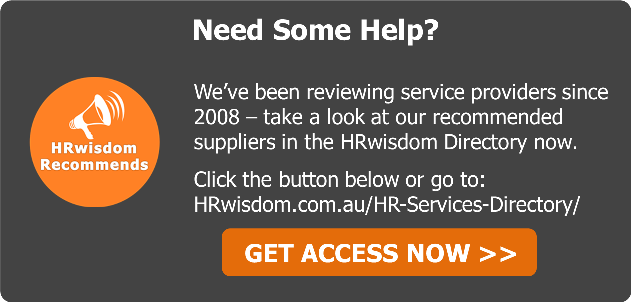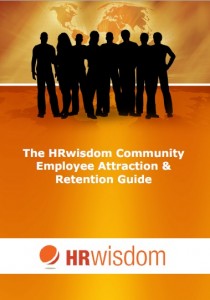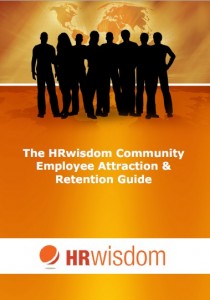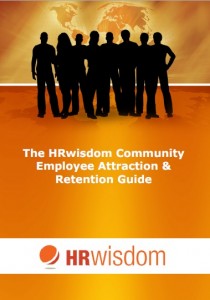In today’s HRwisdom Blog update we examine an issue that is crucial to optimal management performance yet is often handled in a very sub-optimal way: delegating to staff.
 We are very fortunate to be able to bring your insights of special guest expert, Dave Clemens.
We are very fortunate to be able to bring your insights of special guest expert, Dave Clemens.
Dave Clemens has served as deputy financial editor of the International Herald Tribune, editor and bureau chief for Bloomberg News, and deputy bureau chief for the French News Agency.
Currently, Dave is the editor of Rapid Learning Institute’s The HR Café, an informative, entertaining blog for Human Resources Leaders.
Over to Dave . . .
Delegation: The Four Fatal Flaws That Cause New Managers to Struggle In Their New Role
Why did you get promoted to a leadership role?
When asked that question, most managers say something about deep experience in leadership or a proven track record developing people. The likelihood is that neither of these answers is true. In reality, most employees get promoted because they excel in a specific technical skill.
In promoting you to a leadership role, your organization essentially made a bet. Knowing that you can perform at a high level, it bets that given a higher salary and more responsibility, you can replicate that performance in other people.
Normally, this is a losing bet, but when it does pay off, organizations reach the Holy Grail of Delegation: The Multiplier Effect.
When leaders successfully replicate the knowledge, skills, attitudes and behaviors that made them successful – a process known as “Knowledge Transfer” – the organization gets an entire team of individuals performing at high levels. The organization also gets a leader who has the time to take on higher-level strategic activities, and make an even greater impact on organizational performance.
Now, why is this normally a losing bet? Because delegating effectively is a difficult skill to master. Many managers end up committing one of the Four Fatal Flaws of Delegation. Let’s take a look at them.
1. Misunderstanding your role.
Sometimes managers don’t understand the power of the Multiplier Effect. They think their promotion to leadership is a reward for exceptional performance. Furthermore, they think the people who now report to that manager are there to do the manager’s work and nothing else. Granted, that’s part of what delegation is about, but it isn’t the most important part.
Solution: Understand that delegation isn’t about you, but rather about your employees. Remember, the goal is to replicate your skills in other people.
2. Micromanaging
Too many managers won’t let their reports find their own path to success, and instead watch over every move employees make. The problem with this is twofold: It leaves your employees feeling disempowered and unable to take ownership of the tasks assigned to them. Second, micromanaged employees perpetually drain managers’ time, keeping them from the activities related to their new strategic role.
Solution: Recognize that good people find their own way, even if that means making mistakes along the way. As a leader, it’s your job to empower your reports to find their own solutions, not hand those solutions to them on a silver platter.
3. Lacking a plan for development.
When managers take a “sink or swim” approach to their employees, it creates a recipe for failure for both the manager and the employee.
Solution: Develop an effective development plan. That means setting a training agenda, clearly defining desired goals and outcomes for employees, and then coaching employees to help them meet those goals.
4. Assuming that delegation will lead to automatic success.
This happens when managers believe that if they were free from the low-level tasks they’re now delegating to their reports, their career will take off. In reality, the transition is rarely smooth. When that automatic success doesn’t happen, frustrated managers return to their comfort zone – operational work that other employees were taking care of. On top of demoralizing the manager, this harms reports as well, as they feel they don’t own their job anymore.
Solution: Hopefully your boss isn’t putting you into a sink or swim scenario, but if they are, seek out training. There’s no shame in admitting that management is difficult, and your boss should understand and be willing to help you transition into your new role.
About Dave Clemens
Dave Clemens has served as deputy financial editor of the International Herald Tribune, editor and bureau chief for Bloomberg News, and deputy bureau chief for the French News Agency.
Currently, Dave is the editor of Rapid Learning Institute’s The HR Café, an informative, entertaining blog for Human Resources Leaders.
Connect with Dave via Twitter @TheHRCafe










